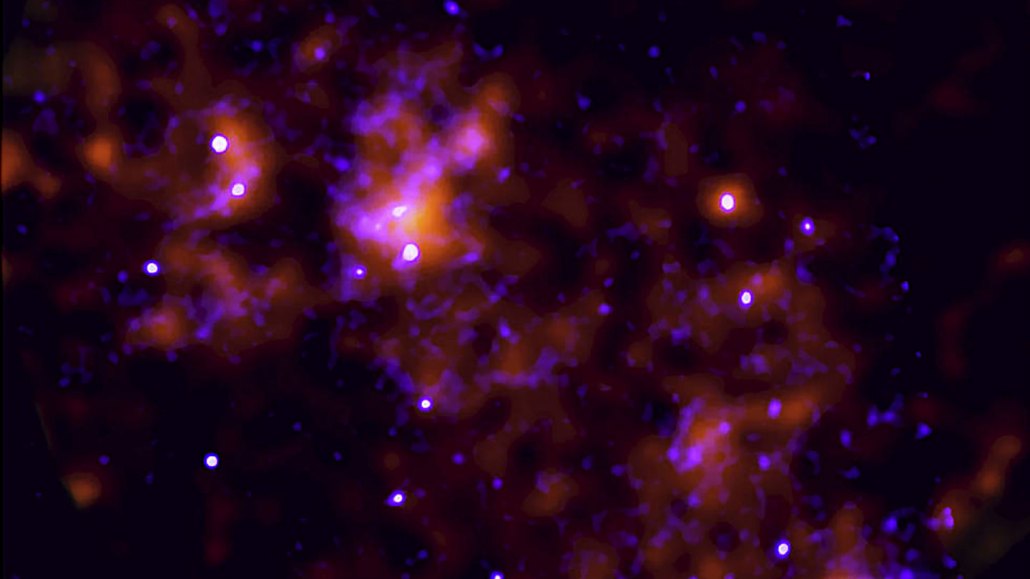
Cosmic clouds glowing in X-rays (orange) in this image, which combines data from NASA’s IXPE and Chandra telescopes, show that the Milky Way’s supermassive black hole had a brief burst of activity 200 years ago.
IXPE: F. Marin et al, MSFC, NASA; Chandra: SAO/CXC/NASA; Image Processing: L. Frattare, J. Major and K. Arcand







